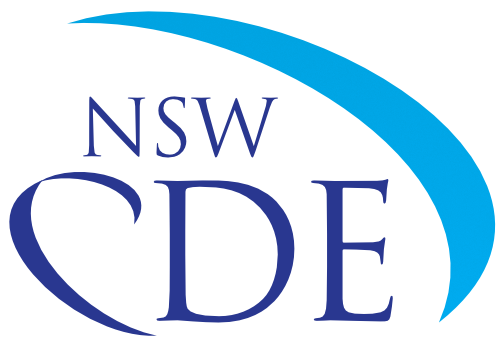Perimeter and circumference
CONTEXT
- The teacher education student is in the second year of a Bachelor of Education degree.
- The teacher education student has yet to complete a teaching placement.
- This Year 7 Maths lesson has been planned to focus on perimeter and circumference.
Know and understand literacy and numeracy teaching strategies and their application in teaching areas.
EVIDENCE ANNOTATION
The teacher education student demonstrates 2.5.1 ‘Working towards graduate’ through:
- Starting to plan and reflect on lesson content and structure in a way that shows knowledge, understanding and/or teaching strategies to support students’ literacy and numeracy achievement.
- Planning a Year 7 Maths lesson on perimeter and circumference that seeks to draw on real-life, everyday examples to engage students in maths problems (e.g., sharing a pizza, building a fence).
- Incorporating literacy support into the lesson plan through clarifying the meaning of ‘circumference’ and ‘perimeter’ at the start of the lesson and then planning to provide scaffolding and individual help if needed throughout the lesson.
G: The goal for this teacher education student is 2.5.1.
R: The teacher education student is working towards 2.5.1 at graduate level.
O: What specific mentoring strategies could you employ with this teacher education student to help her move towards ‘Graduate achieved’ for 2.5.1?
W: What is the next step you would negotiate as a goal for this teacher education student? What will you do as a Mentor to help her achieve this goal?
G: To know and understand literacy and numeracy teaching strategies and their applications in teaching areas and to move up on the 2.5.1 graduate continuum.
R: Which level of the graduate continuum are you currently at for 2.5.1? Refer to recent feedback you have received.
O: What specific actions could you take to improve your knowledge and understanding of literacy and numeracy teaching strategies and their applications in teaching areas?
- Could you use strategies to support students’ literacy development, such as explicitly teaching and checking understanding of key words around a topic?
- Could you use strategies to support students’ numeracy development and connect numeracy to everyday life, such as integrating real-life maths questions or problems into lessons?
- Could you work collaboratively with support teachers such as EAL/D teachers to meet students’ literacy and numeracy needs?
- Could you learn from discussions or observations at your school about how literacy and numeracy support is integrated into all subject areas (not just English and Maths)?
W: What is your next step in improving your knowledge and understanding of literacy and numeracy teaching strategies and their applications in teaching areas? Try to formulate a specific goal.
